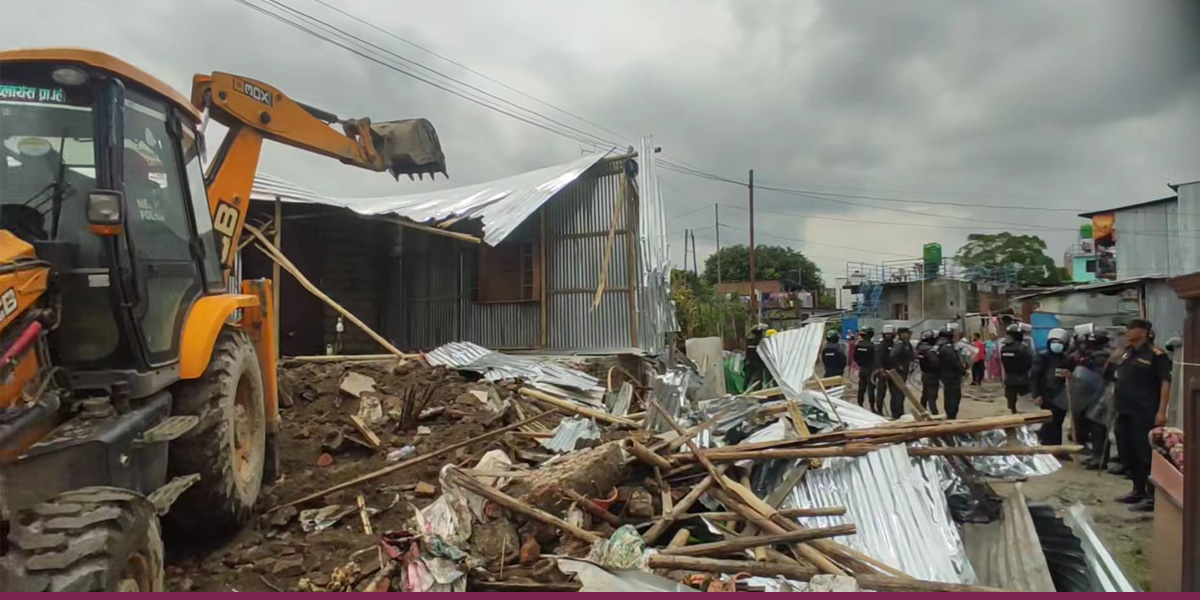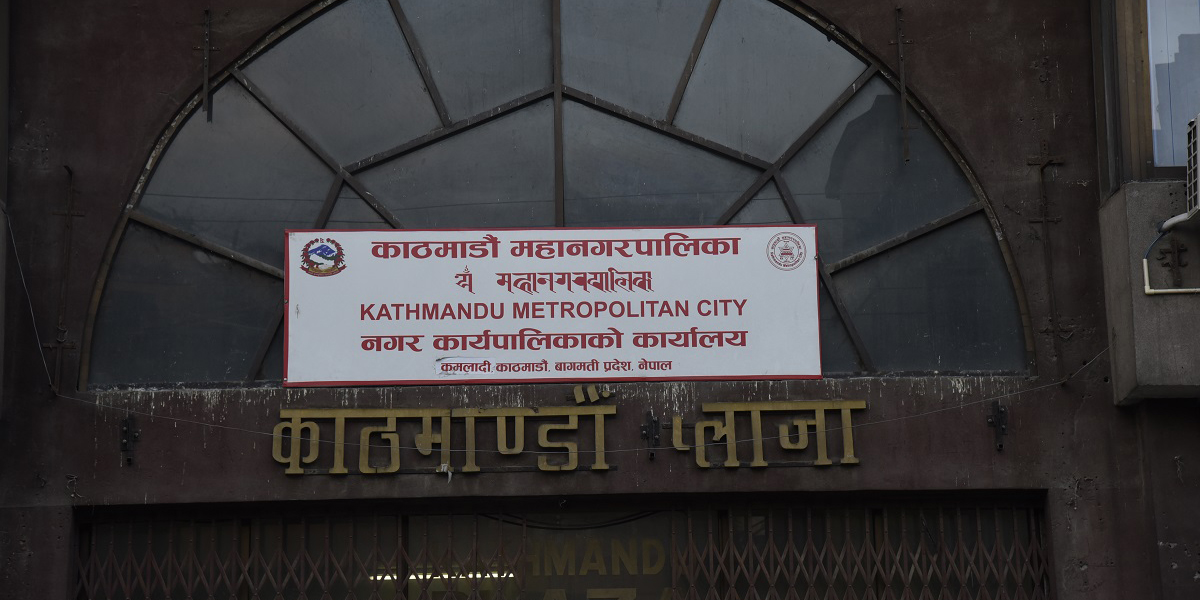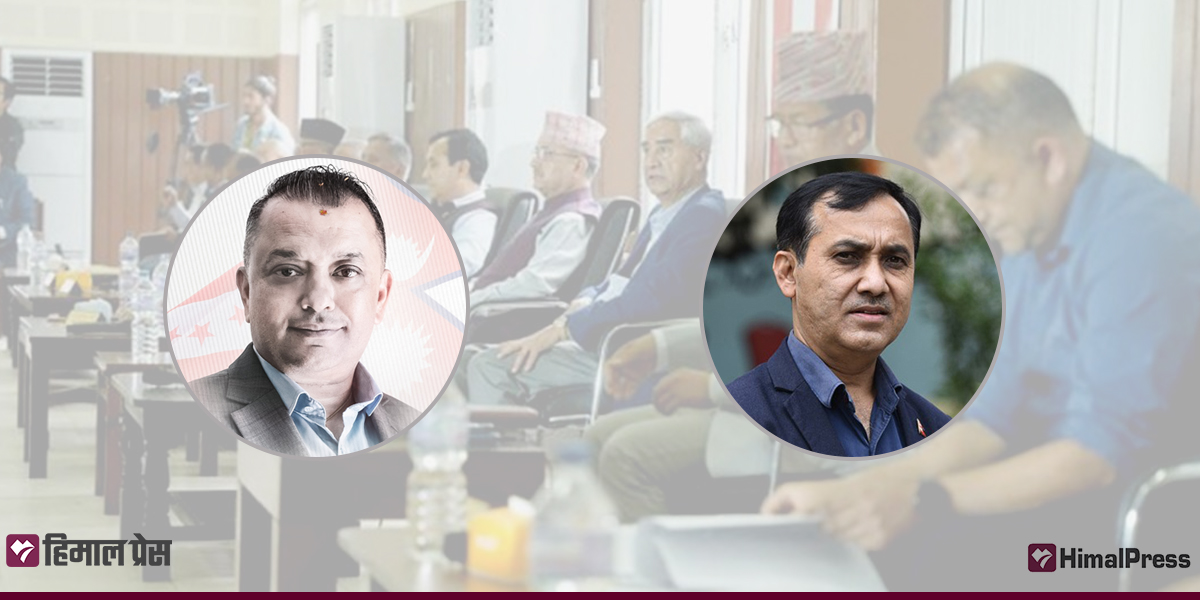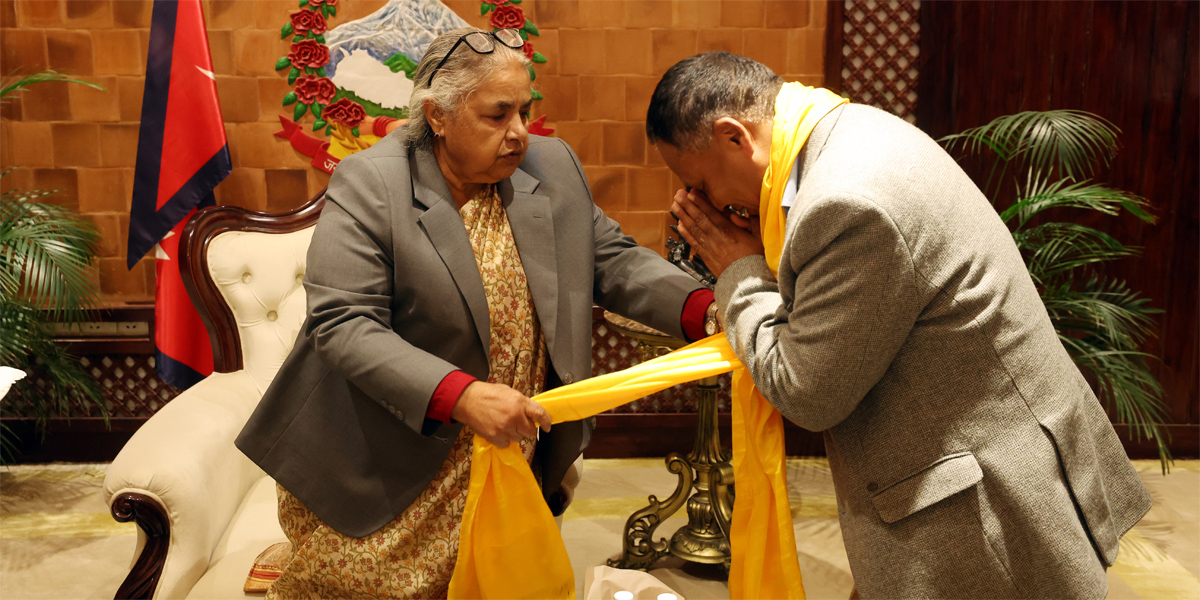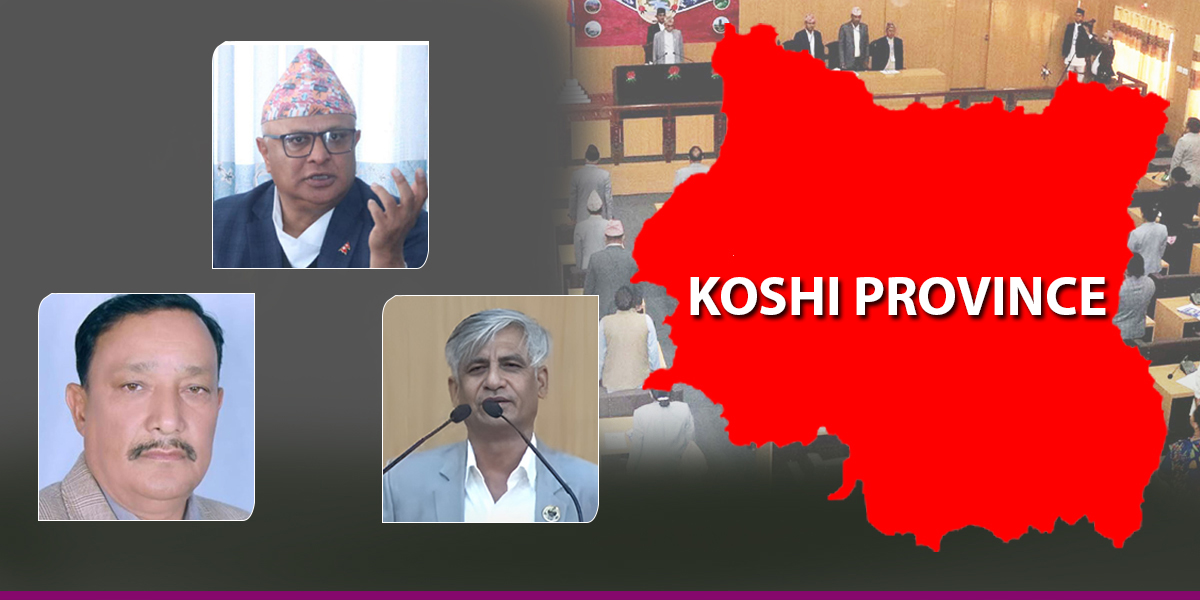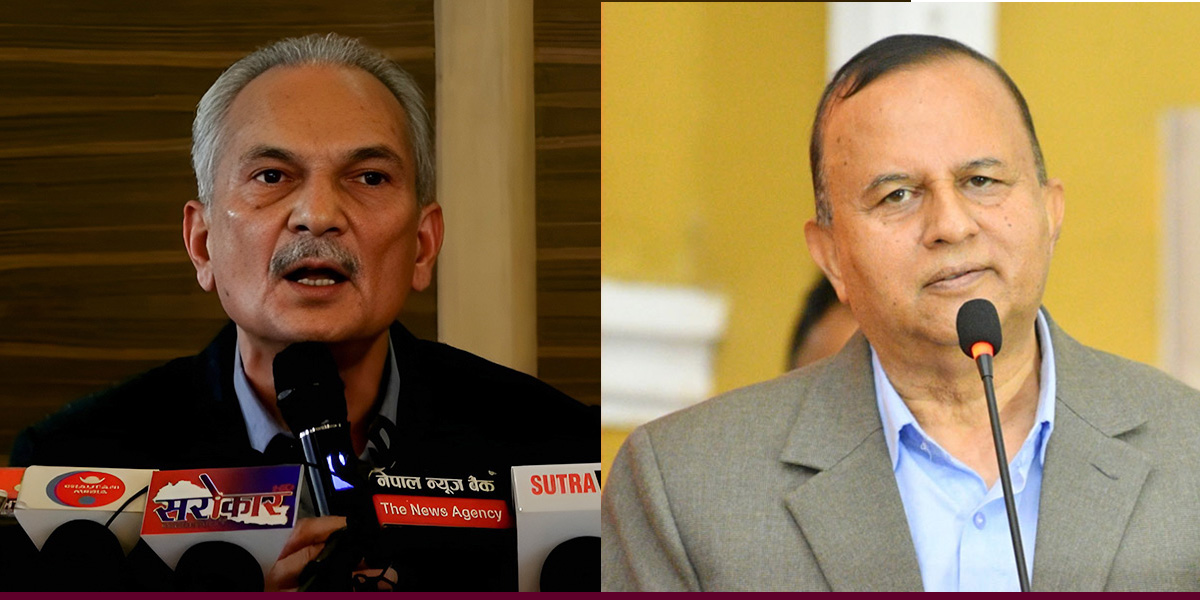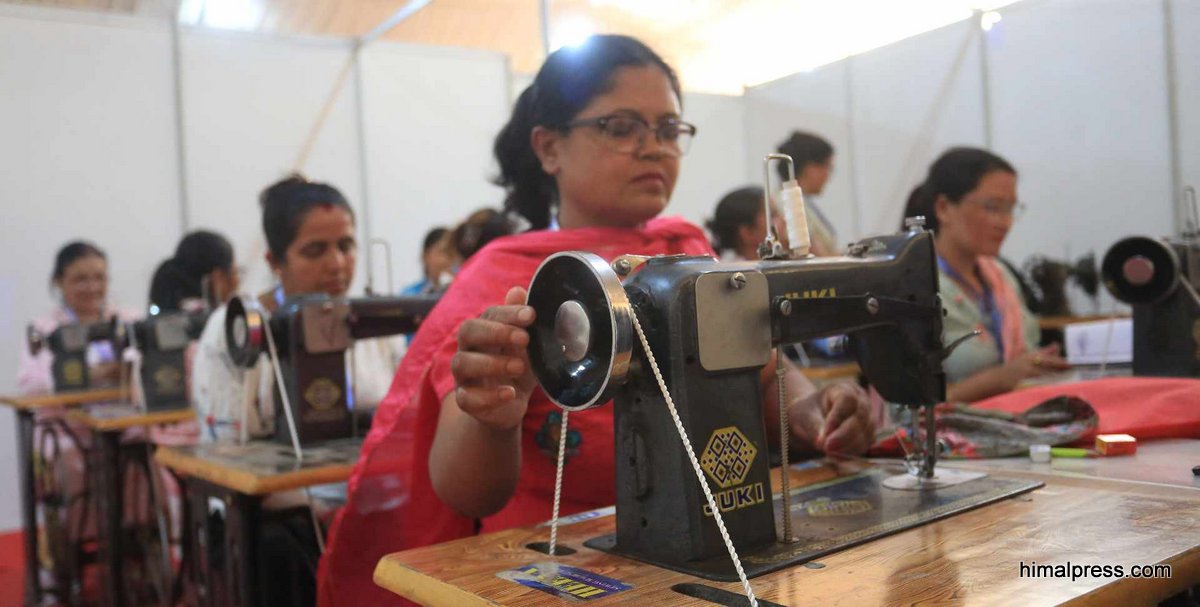
KATHMANDU: Kathmandu Metropolitan City has recently provided various training programs to approximately 43,000 youths. While the initiative has created income opportunities for 2,081 of them, the government now faces the challenge of effectively managing and integrating this newly skilled workforce.
KMC officials say it will be difficult to provide jobs to all 43,000 youths who participated in the training. “Since it is difficult to provide jobs to all the participants of the training, there are fears that these trained youths could leave for foreign employment,” Devendra KC, the training coordinator of KMC, told Himal Press.
KC added that the metropolis has requested employers to engage these trained youths.
“The domestic market should absorb these youths. The government should devise necessary plans. Otherwise, these trained youths could try their hands abroad,” KC added.
KMC believes that the human resources produced by spending such a large amount of money should be retained within the country. “The participants are from all 77 districts. They all are capable of working as per the market demand,” KC said, adding that all local units should provide employment opportunities to youths as per their capacity and skills.
Govinda Rijal, the spokesperson for the Ministry of Labor, Employment and Social Security, also said the workforce trained by the KMC needs to be retained in the domestic labor market. He informed that the labor ministry was working to create employment opportunities in the domestic labor market for both trained and untrained labor forces.
“Not only the trained but also the youths, who have not received any training, are leaving the country seeking employment opportunities. We are trying to retain this workforce in the domestic labor market,” he added.
Earlier also, many youths who received training from different institutions have gone abroad for employment. The Foreign Employment Board provides skill-based training to more than 20,000 youths annually. The annual report of the labor ministry states that more than 90% of the youths trained by the board go for foreign employment.
Dwarika Upreti, the executive director of the Board, said that trained youths are going for foreign employment due to a lack of employment opportunities in the country. “Even if trained youths find a job here, they do not prefer to stay. Since they do not receive good facilities in the country, they go to countries where they can get better facilities,” said Upreti.
The board has been spending more than Rs 100 million rupees annually just for conducting skill training.
Employment expert Jeevan Baniya also said most of the youths participating in skill training programs conducted by the government mostly go for foreign employment. The labor-related report of the National Planning Commission also states that the new workforce entering the labor market tends to go for foreign employment.
More than 500,000 youths enter the labor market annually in search of employment. “Participants of training programs conducted by the government do not stay in the domestic labor market. After receiving training, they look for jobs abroad according to their skills and capabilities,” said Baniya. “The government should require such participants to work in the domestic labor market for a certain period. Doing so will also cultivate the habit of working in the domestic labor market.”
KMC has provided jobs to 2,081 trainees and recommended the remaining trainees to various employer companies for employment opportunities.
A total of 68,866 youths had applied for the training. They underwent 30 types of training across 10 disciplines.
According to metropolis, some employer companies have expressed commitment to employ youths trained by KMC.


![High-mast lights installed at 62 intersections in Kathmandu [In Pictures]](https://en.himalpress.com/wp-content/uploads/2025/10/kathmandu-night.jpg)
